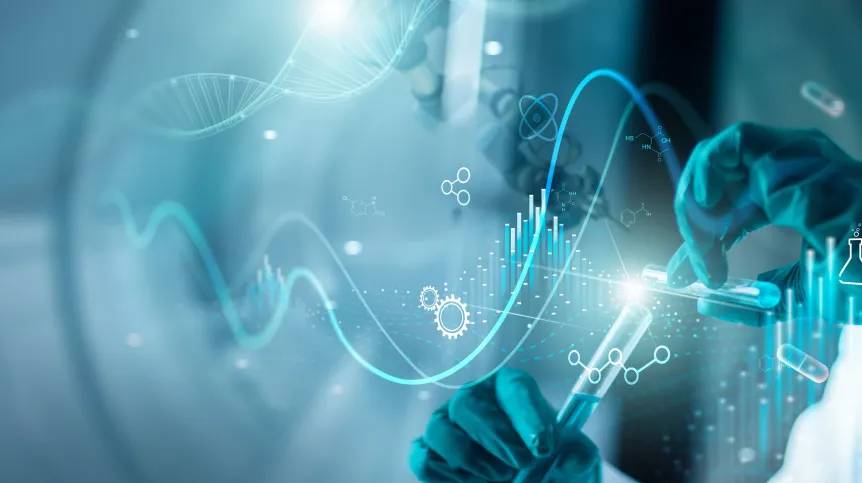
Advances in the development of artificial intelligence will allow to personalize the treatment of patients, says Professor Andrzej Szałas from the Faculty of Mathematics, Informatics and Mechanics of the University of Warsaw. Digital twins could help develop cures for incurable diseases.
Professor Andrzej Szałas explains that digital twins are 'extremely complex simulation models designed to reflect a specific reality'.
'Google maps can be an example of a digital twin for road connections. The results we get, however, depend on the question we ask. If we are interested in the travel time from point A to point B, such a model is satisfactory. But if we want to calculate, for example, the strength of asphalt or tire wear, it will be insufficient', the professor explains.
In the medical field, digital twins allow to create replicas of the body along with virtual models of various organs: heart, liver or lungs. They allow to monitor the response of patients to a specific treatment.
'By analysing the patient's history and various parameters, it is possible to assess how a given patient may respond to therapy and whether it is worth using it, or a different approach is necessary', the expert says.
He adds that thanks to genetic testing, it is possible to predict certain types of cancer to which a person may be more susceptible, taking into account that person's individual set of genes.
'There are models based on this information, but they do not cover the full spectrum of possible diseases', says Professor Andrzej Szałas. He adds that current solutions have some limitations and it is impossible to verify the body's response to every possible drug.
'The process of diagnosis is based on detailed examination, but you cannot always be certain that a given therapy will be 100% effective. There are diseases for which it is known that a specific drug is, for example, only 38% effective. It is used and if it doesn't work, other options are explored. Unfortunately, as a result, the patient's condition may deteriorate', the specialist says. He adds that if we could apply the right therapy right away, it would be much more effective, and digital twins can help with that.
He emphasises that despite the progress of medicine, incurable diseases pose a huge challenge for scientists. When developing a new drug, the best approach would be to design the therapy in a way that allows to observe the reaction of a large group of patients to the substance.
'Performing such experiments on humans would be dangerous and unethical. However, with simulation models that would be able to answer questions about the reaction of the whole organism, we could quickly reject many ideas and find the right solution', the professor emphasises.
'We can expect that thanks to advances in artificial intelligence, especially deep neural networks, it will be possible to analyse huge amounts of data related to the treatment of patients. Currently, this process is much more time-consuming, but with the right advanced simulation models, we could speed up the development and selection of the best therapies', says Szałas, but points out that we are not at that stage yet.
According to the professor, the basic problem in Poland is limited access to patient data, because these are sensitive data that are difficult to fully anonymise.
'Even if we remove the name and address, there is a risk that individuals can be identified based on the type of therapy', the professor says. 'Until public collections are created, available to many companies, I believe that progress in this area will be limited, and we will not achieve rapid progress in creating advanced models for the whole person', says Professor Andrzej Szałas.
PAP - Science in Poland, Delfina Al Shehabi
del/ joz/ kap/
tr. RL













